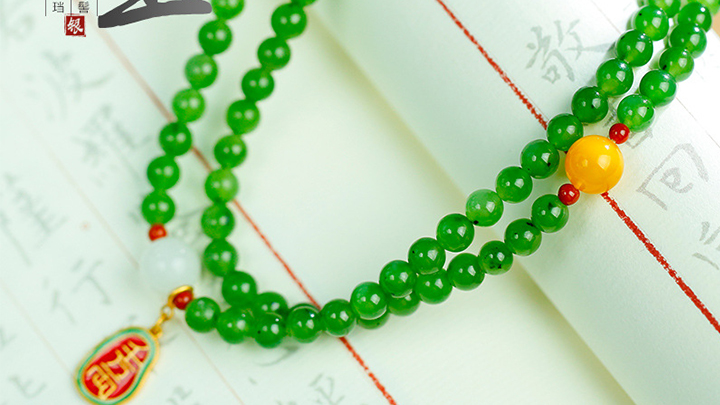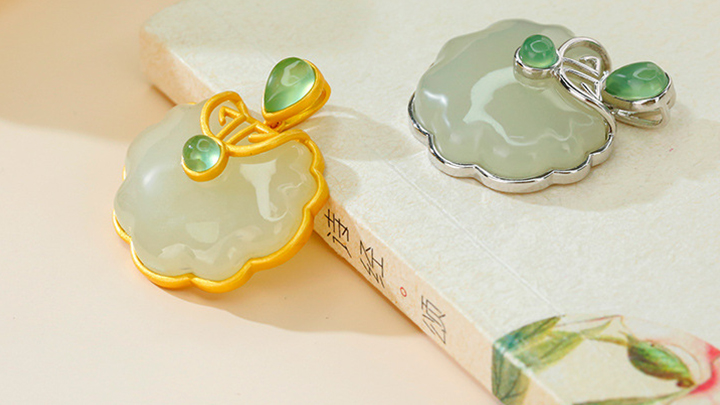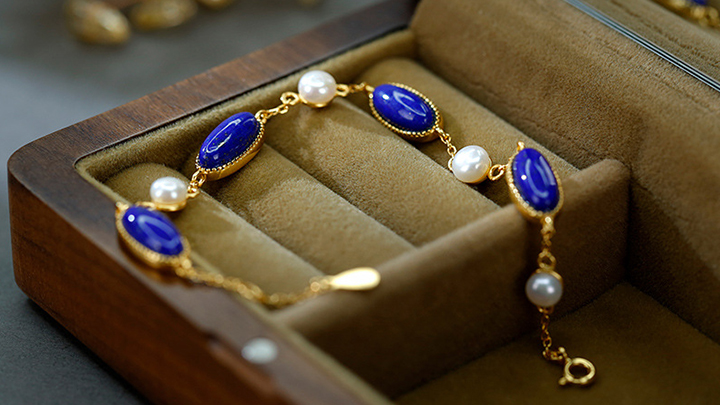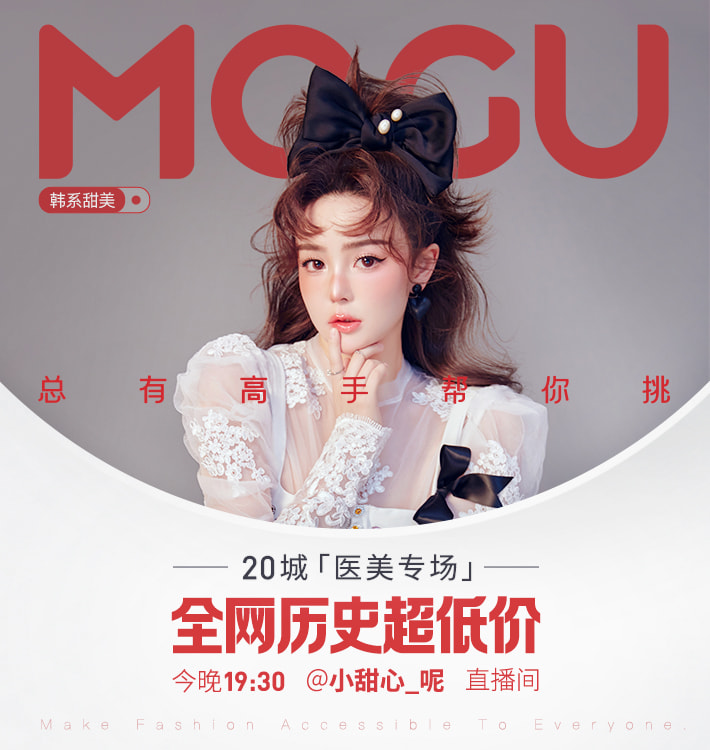How to Distinguish Lapis Lazuli and Suitable Age Groups for Wearing It
Lapis lazuli, a stunning deep-blue gemstone often adorned with golden flecks, has captivated people for centuries with its beauty and rich history. Understanding how to distinguish authentic lapis lazuli from imitations and knowing the appropriate age groups for wearing this gemstone can help in making informed decisions for both personal use and gifting.
How to Distinguish Lapis Lazuli
Lapis lazuli is known for its distinctive and striking appearance, but distinguishing high-quality lapis lazuli from look-alikes or lower-quality stones requires some knowledge and attention to detail. Here’s how you can identify genuine lapis lazuli:
Color: Authentic lapis lazuli is renowned for its deep, rich blue color. It often contains flecks of pyrite, which give it a gold-like sparkle. The color can range from a royal blue to a slightly violet or greenish blue. Beware of overly bright or uniform blue stones, which might be dyed or synthetic.
Inclusions: Genuine lapis lazuli usually has inclusions of pyrite (golden flecks) and calcite (white or grayish veins). These inclusions are natural and add to the stone's unique appearance. Stones that are perfectly uniform without any inclusions may be treated or synthetic.
Texture and Finish: High-quality lapis lazuli has a smooth texture and a waxy to glassy luster. When polished, it should have a nice sheen. If the stone feels too smooth or overly polished, it might be a synthetic or treated version.
Hardness: Lapis lazuli is relatively soft compared to other gemstones, with a hardness of about 5-6 on the Mohs scale. It can be scratched more easily than harder gemstones like sapphire or ruby. Use caution when handling or setting lapis lazuli jewelry to avoid damage.
Price: Authentic lapis lazuli can be expensive, especially when it is high quality with a deep blue color and minimal calcite inclusions. If a lapis lazuli piece seems unusually cheap, it might be worth investigating further.
Suitable Age Groups for Wearing Lapis Lazuli
Lapis lazuli is a versatile gemstone that can be worn by individuals of various ages, though its appeal may vary based on style and cultural significance:
Young Adults (Ages 20-30): Lapis lazuli's vibrant blue color and its associations with wisdom and creativity make it a popular choice for young adults. It can be featured in modern and trendy jewelry designs such as rings, necklaces, and bracelets. Its deep color and unique appearance resonate well with those who appreciate artistic and symbolic jewelry.
Adults (Ages 30-50): For adults, lapis lazuli can be a statement piece in both formal and casual settings. Its historical significance and classic beauty make it suitable for sophisticated jewelry pieces like pendants, cufflinks, and elegant earrings. Lapis lazuli’s association with insight and self-expression aligns well with the mature and reflective phase of adulthood.
Older Adults (Ages 50 and Above): Lapis lazuli’s rich history and timeless appeal make it an excellent choice for older adults as well. It can be used in heirloom-quality jewelry or pieces that reflect personal achievements and experiences. The gemstone's deep blue hue complements a range of styles and can be a meaningful addition to a mature jewelry collection.
Conclusion
Distinguishing genuine lapis lazuli from imitations involves examining its color, inclusions, texture, and price. By understanding these aspects, you can ensure that you are investing in a high-quality gemstone. Lapis lazuli’s versatility makes it suitable for a wide range of age groups, from young adults to older individuals, offering a blend of beauty, historical significance, and personal expression. Whether worn as a statement piece or a cherished heirloom, lapis lazuli continues to be a cherished gemstone for many.




